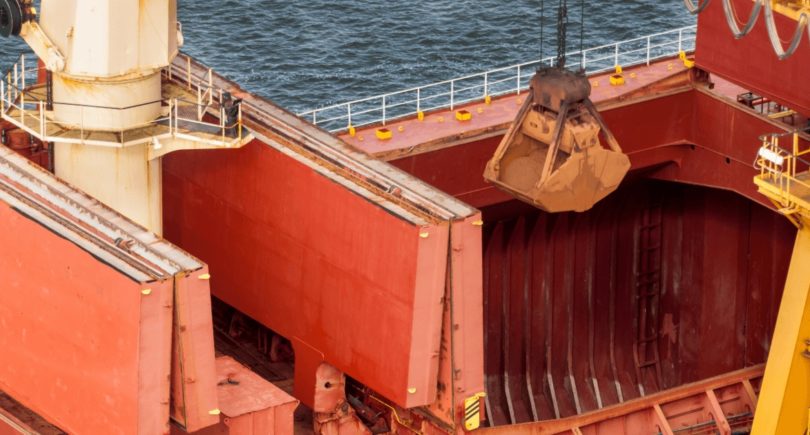
News Global Market CBAM 1103 01 May 2025
The documents are published to gather feedback from stakeholders
In late April, the UK government published draft primary legislation on the Cross-Border Carbon Adjustment Mechanism (CBAM) for technical consultation.
As noted, this consultation, which ends on July 3, aims to gather feedback from stakeholders on the development of the primary legislation to ensure that it correctly and effectively implements the relevant policies.
“The legislation will ensure that the UK’s decarbonization efforts lead to real reductions in global emissions, not just the displacement of carbon emissions overseas,” the statement said.
An updated CBAM policy has also been published, which provides an overview of its scope and structure to provide clarity for businesses affected.
The tax will apply to direct and indirect emissions embodied in imported CBAM goods.
The goods covered by the mechanism are aluminum, cement, fertilizers, hydrogen, iron and steel products. Specific products will be identified by commodity codes.
The carbon tax rate will be levied “in an amount equal to the sectoral domestic price” of the product multiplied by the number of tons of CO2 it contains. This price for each sector will be calculated quarterly by the Treasury using the average ETS auction price in the country for the previous quarter.
The first reporting period for the UK CBAM will run from January 1 to December 31, 2027. Declarations and payments are due five months after the end of the first reporting period (May 31, 2028) to give businesses and HMRC sufficient time to adapt.
Starting January 1, 2028, CBAM costs will be payable quarterly, due two months after the end of the reporting period.
Starting in 2027, the government will switch to a single default value for each product, and the methodology for its calculation and publication will be approved before the mechanism starts functioning. The government is considering an alternative approach after 2027.
Importers may reduce their CBAM obligations by reducing the carbon price if the embodied emissions from the goods they import were previously subject to a “taxable carbon price deduction” (through another country’s emissions trading system or taxation). The government’s response to the previous consultation was that only clearly defined schemes that directly set a price per ton of CO2 would be taken into account.
The European Commission is working on defining standard prices for carbon credits for countries, sectors and commodities as part of the CBAM simplification package.




